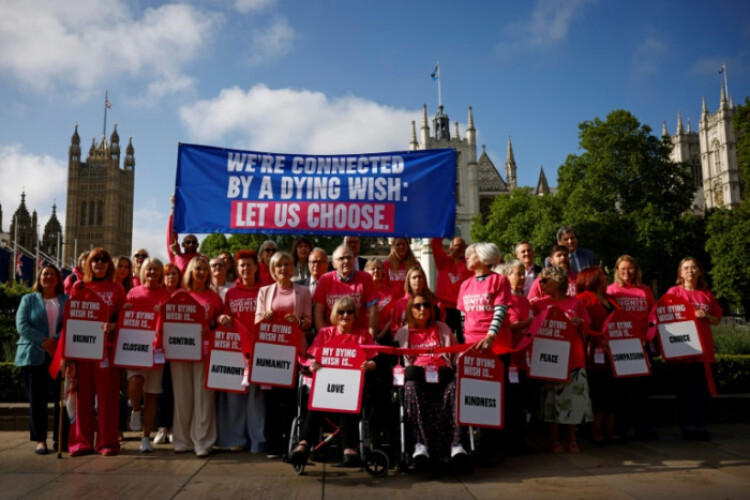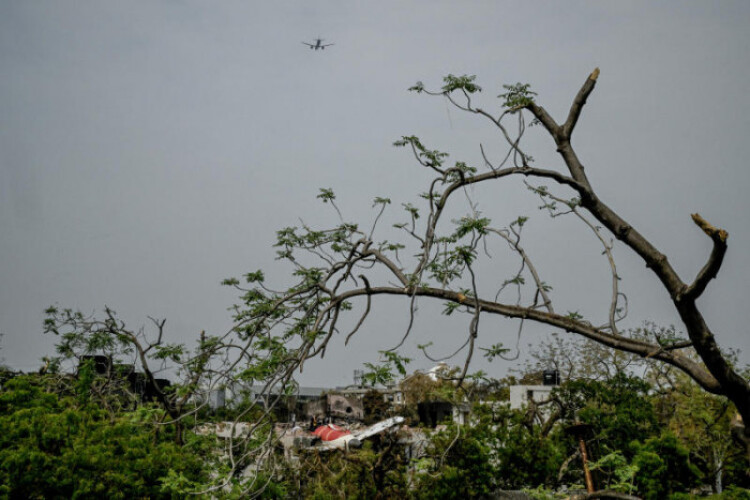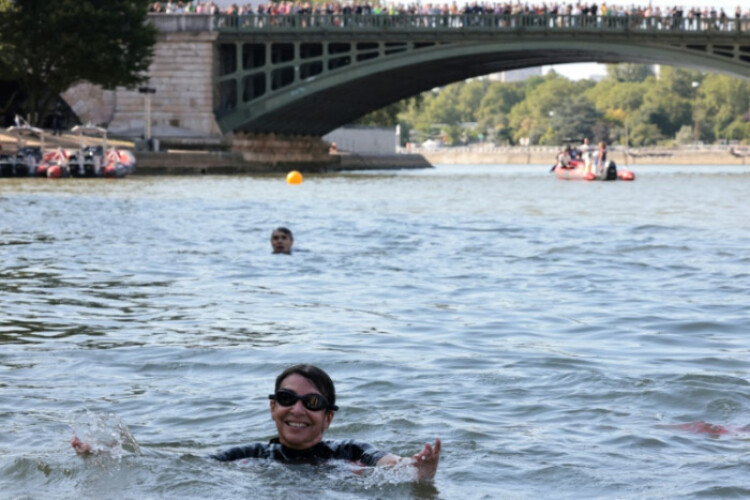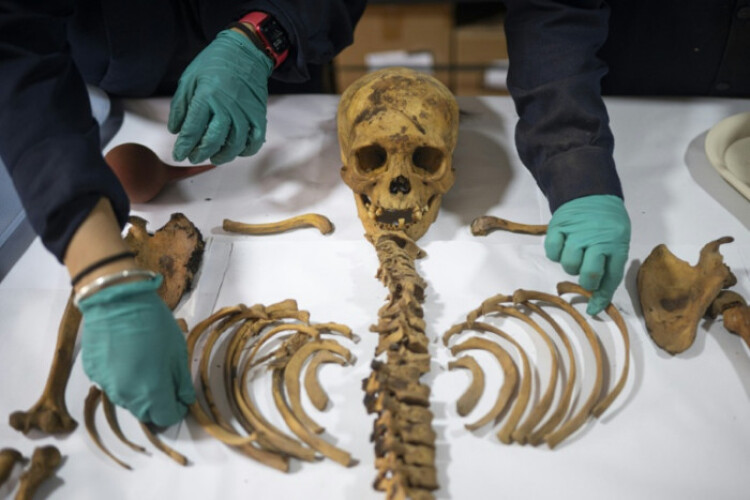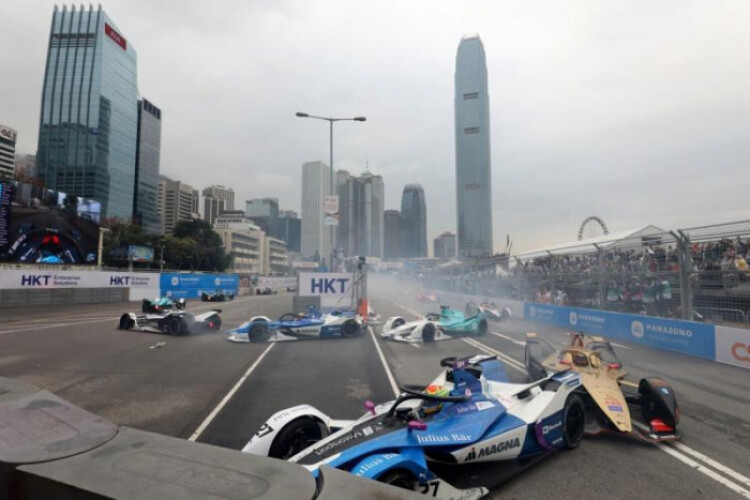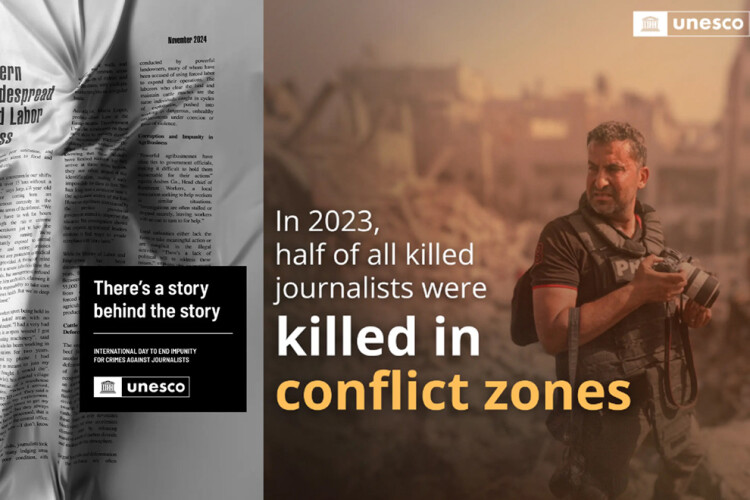
In a somber report released by UNESCO in 2024, the global crisis of impunity for crimes against journalists reached alarming new heights.
Between 2006 and 2024, over 1,700 journalists have been killed around the world, with approximately 85 percent of these cases remaining unresolved, according to a report by the UN Educational, Scientific and Cultural Organization (UNESCO).
With 162 journalists killed in 2022 and 2023 – a 38 percent increase over the 117 recorded in 2020 and 2021 – UNESCO's data underscores the threats faced by media professionals worldwide.
The report, released on the International Day to End Impunity for Crimes Against Journalists on November 2, shows the distressing fact that one journalist is killed every four days worldwide.
This high rate of impunity casts a long shadow over the profession, discouraging freedom of speech and silencing voices that might otherwise expose corruption, abuse or human rights violations.
“Four years is a long time for cases to be resolved. Justice delayed is justice denied,” UNESCO stated, echoing the frustration of families, communities and advocates who await accountability.
To mark the day, the civil society organisations in Cambodia issued a joint statement on November 1 urging the government to combat this disturbing trend.
According to records from the Cambodian Center for Human Rights (CCHR), 15 journalists have been killed in Cambodia since 1994, with twelve targeted while covering sensitive issues.
In the first nine months of 2024 alone, 46 Cambodian journalists faced harassment, including legal threats, detentions and physical assaults, as documented by the Cambodian Journalists Alliance Association (CamboJA).
Cambodia ranked 151 out of 180 countries in the Reporters Without Borders 2024 World Press Freedom Index, placing it among countries where the situation is deemed “very serious”.
The government, represented by Ministry of Information spokesperson Tep Asnarith, responded to the call for action on journalists’ safety, acknowledging the challenges they face but presenting a different perspective on the issue.
Journalists cover a terrorist attack in Kenya. UNESCO
Asnarith noted that in the past seven years, no journalist has been killed while actively engaged in their profession in Cambodia.
He argued that while misconduct does occur among journalists, it often involves individuals exploiting the title for personal gain. He stated that engaging in acts of intimidation and extortion “are not considered professional practices within the legal framework of the media”.
Asnarith said that these actions, while carried out by individuals identifying as journalists, should not be conflated with restrictions on legitimate journalism and freedom of expression.
“It must not be construed as a violation or restriction of freedom of the press or freedom of expression,” Asnarith told The Post.
The joint statement from Cambodian civil society, backed by 21 organisations, decried the culture of impunity, which extends beyond journalists to include activists, human rights defenders and union leaders.
The coalition demanded independent investigations that uphold international standards, specifically citing the International Covenant on Civil and Political Rights and the UN Plan of Action on the Safety of Journalists.
In response, Asnarith highlighted the government's efforts to support registered journalists through legal aid, including 20 cases resolved through mediation and court assistance by mid-2024.
By the third quarter, the ministry had mediated 17 additional cases of alleged misconduct among journalists, emphasising the importance of ethical journalism.
"The protection of journalists is one of our top priorities, aimed at ensuring trust and support for those adhering to professional ethics within the legal framework,” he said.
Asnarith reaffirmed the government’s commitment to fostering a supportive environment for ethical journalism, underscoring its efforts to safeguard press freedoms in what he described as a “fair, impartial and non-political manner”.
The UNESCO report stated that while the Southeast Asian region was not explicitly singled out in the report, it shares common challenges with neighbouring regions in terms of violence against journalists and the stifling of free expression.
Countries experiencing political unrest or strict government control, such as Myanmar, continue to face challenges in protecting journalistic freedoms.
“Journalists in Southeast Asia frequently work in a hostile environment where fear of retaliation or prosecution remains a daily reality,” said the report.
Mourners attend the funeral of Palestinian journalist Mohammed Abu Hattab, who was killed in an Israeli strike in the southern Gaza Strip in November 2023. Reuters via Al-Arabia
The chilling effect of impunity is palpable: when justice is repeatedly denied, journalism becomes a far more dangerous pursuit, and vital narratives of truth and accountability are suppressed.
In addition to physical assaults, kidnappings and disappearances, global journalists also face risks of death in custody, with five deaths recorded under these circumstances.
Among the casualties, female journalists face particular dangers; in 2022, the number of female journalists killed reached its highest level since 2017, with 10 deaths.
UNESCO’s data reveals that attacks on journalists have surged in countries embroiled in conflict, with 72 out of 162 killings occurring in such regions.
Between 2006 and 2024, over 1,700 journalists have been killed around the world, with approximately 85 percent of these cases remaining unresolved, according to a report by the UN Educational, Scientific and Cultural Organization (UNESCO).
With 162 journalists killed in 2022 and 2023 – a 38 percent increase over the 117 recorded in 2020 and 2021 – UNESCO's data underscores the threats faced by media professionals worldwide.
The report, released on the International Day to End Impunity for Crimes Against Journalists on November 2, shows the distressing fact that one journalist is killed every four days worldwide.
This high rate of impunity casts a long shadow over the profession, discouraging freedom of speech and silencing voices that might otherwise expose corruption, abuse or human rights violations.
“Four years is a long time for cases to be resolved. Justice delayed is justice denied,” UNESCO stated, echoing the frustration of families, communities and advocates who await accountability.
To mark the day, the civil society organisations in Cambodia issued a joint statement on November 1 urging the government to combat this disturbing trend.
According to records from the Cambodian Center for Human Rights (CCHR), 15 journalists have been killed in Cambodia since 1994, with twelve targeted while covering sensitive issues.
In the first nine months of 2024 alone, 46 Cambodian journalists faced harassment, including legal threats, detentions and physical assaults, as documented by the Cambodian Journalists Alliance Association (CamboJA).
Cambodia ranked 151 out of 180 countries in the Reporters Without Borders 2024 World Press Freedom Index, placing it among countries where the situation is deemed “very serious”.
The government, represented by Ministry of Information spokesperson Tep Asnarith, responded to the call for action on journalists’ safety, acknowledging the challenges they face but presenting a different perspective on the issue.
Journalists cover a terrorist attack in Kenya. UNESCO
Asnarith noted that in the past seven years, no journalist has been killed while actively engaged in their profession in Cambodia.
He argued that while misconduct does occur among journalists, it often involves individuals exploiting the title for personal gain. He stated that engaging in acts of intimidation and extortion “are not considered professional practices within the legal framework of the media”.
Asnarith said that these actions, while carried out by individuals identifying as journalists, should not be conflated with restrictions on legitimate journalism and freedom of expression.
“It must not be construed as a violation or restriction of freedom of the press or freedom of expression,” Asnarith told The Post.
The joint statement from Cambodian civil society, backed by 21 organisations, decried the culture of impunity, which extends beyond journalists to include activists, human rights defenders and union leaders.
The coalition demanded independent investigations that uphold international standards, specifically citing the International Covenant on Civil and Political Rights and the UN Plan of Action on the Safety of Journalists.
In response, Asnarith highlighted the government's efforts to support registered journalists through legal aid, including 20 cases resolved through mediation and court assistance by mid-2024.
By the third quarter, the ministry had mediated 17 additional cases of alleged misconduct among journalists, emphasising the importance of ethical journalism.
"The protection of journalists is one of our top priorities, aimed at ensuring trust and support for those adhering to professional ethics within the legal framework,” he said.
Asnarith reaffirmed the government’s commitment to fostering a supportive environment for ethical journalism, underscoring its efforts to safeguard press freedoms in what he described as a “fair, impartial and non-political manner”.
The UNESCO report stated that while the Southeast Asian region was not explicitly singled out in the report, it shares common challenges with neighbouring regions in terms of violence against journalists and the stifling of free expression.
Countries experiencing political unrest or strict government control, such as Myanmar, continue to face challenges in protecting journalistic freedoms.
“Journalists in Southeast Asia frequently work in a hostile environment where fear of retaliation or prosecution remains a daily reality,” said the report.
Mourners attend the funeral of Palestinian journalist Mohammed Abu Hattab, who was killed in an Israeli strike in the southern Gaza Strip in November 2023. Reuters via Al-Arabia
The chilling effect of impunity is palpable: when justice is repeatedly denied, journalism becomes a far more dangerous pursuit, and vital narratives of truth and accountability are suppressed.
In addition to physical assaults, kidnappings and disappearances, global journalists also face risks of death in custody, with five deaths recorded under these circumstances.
Among the casualties, female journalists face particular dangers; in 2022, the number of female journalists killed reached its highest level since 2017, with 10 deaths.
UNESCO’s data reveals that attacks on journalists have surged in countries embroiled in conflict, with 72 out of 162 killings occurring in such regions.


